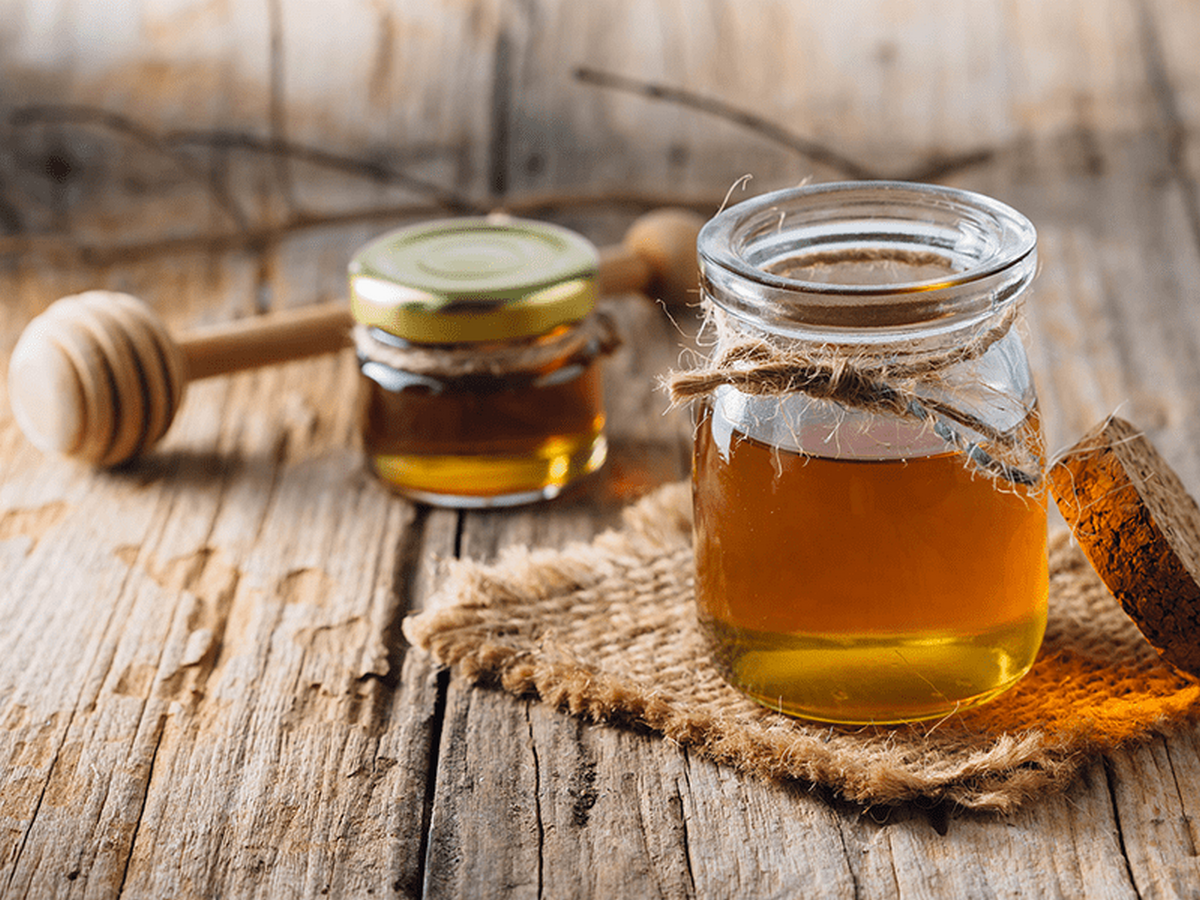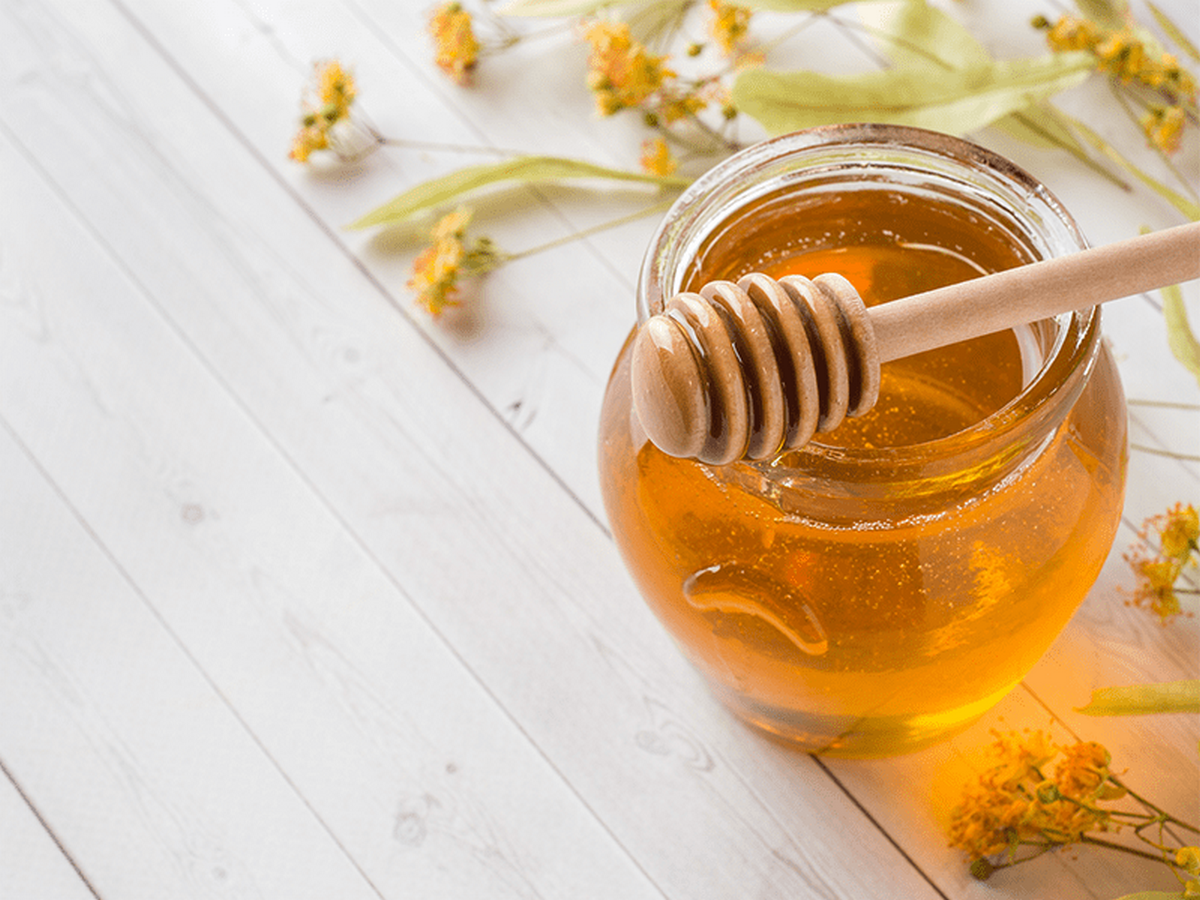Battle of superfoods: Manuka honey vs plain honey

Manuka honey or plain honey? Honey is a natural food that has been known for centuries for its healing properties. In recent years, several studies have revealed the nutritional value of manuka honey, as a result, it is considered as a superfood. Let’s get to know them a little better.
Table of Contents
Honey
It is a natural product produced by bees and derived from the nectar of flowers. It is stored in the honeycombs and consists mainly of sugars, and trace elements such as vitamins, enzymes, amino acids, minerals and hydrogen peroxide.
There are many types of honey and it is categorized into two main categories, honey derived from flowers and honey derived from trees and plants. The most common greek honey are pine tree honey, forest honey, heather honey and thyme honey. Because of this, each variety of honey comes at different times of the year and has different flavors and organoleptic characteristics.
The properties of honey are many. It is a source of energy, because of rich content in carbohydrates. It has been used to treat cold, cough and relieve sore throat, as it has antimicrobial and antibacterial properties due to hydrogen peroxide. Traditionally, it was used to heal wounds, but it is now used even for the healing of the ulcers. There is no recommended daily dose but caution is needed as it is a source of energy.
Manuka Honey
Manuka honey comes from New Zealand and specifically from the Manuka bush, also known in Latin with the name Leptospermum Scoparium. It is a plant with white flowers that grows only in that area. The way of harvesting and preserving honey is very specific, inorder to preserve the nutritional value of honey.
Manuka honey has similar properties to plain honey. However, it contains an additional substance not contained in plain honey, Methylglyoxal (MGO). MGO gives to manuka honey strong antimicrobial properties and makes it unique. Depending on its composition in MGO, from 30 to 1000, the dynamics of honey varies.
Manuka honey can be used both internally and externally. Its strong antimicrobial action is used to treat tonsillitis, bronchitis, sinusitis as well as to treat oral inflammation, such as gingivitis and periodontitis. Mauka honey with 550+ MGO and above is one of the most powerful natural antimicrobial substances even used against antibiotic-resistant microbes.
The nutritional value of manuka honey is 4 times richer in micronutrients, compared to plain honey. Depending on its MGO content, it is recommended to consume different amounts of honey. Therefore, you should read the manufacturer’s instructions.
In conclusion
Manuka honey is a natural product that stands out for its antimicrobial properties. However, despite its rich nutritional and therapeutic value, it can not be used in large quantities daily unless it contains a small amount of MGO. Whatever you choose, you will strengthen your body.
In Vita4you you can find a great variety of honey.
Disclaimer
The content of this blogspot is not and can not be considered as medical advice, diagnosis or treatment. All information is provided to readers solely for informational purposes. There is no intention to substitute this content for personalized medical advice, diagnosis, prognosis or treatment.




Leave a comment